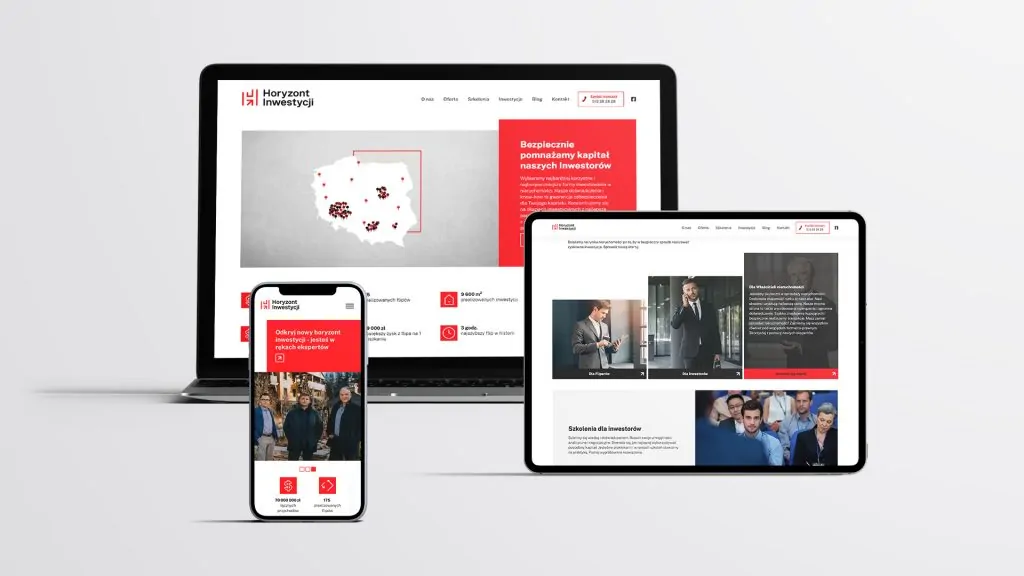Effective communication with the public constitutes the success of almost every organisation. The media, both traditional and digital, play an important role in shaping public opinion and building the image of companies. Therefore, skilful media relations management is becoming an essential element of every company's communication strategy.
What are media relations?
Media relations is a set of activities aimed at building and maintaining positive relations between an organisation and media representatives. They include a range of activities - from the preparation and distribution of press releases, through the organisation of conferences and media events, to individual contacts with journalists. According to a report by the Institute of Media Monitoring, in 2022 over 70% companies in Poland considered media relations to be an important or very important element of their communication strategy. Why? Effective media relations management allows organisations to control the media message, build credibility and trust among their audiences and respond effectively to crisis situations.
Media relations, however, go far beyond simply reporting on a company's activities. They aim to build long-term, trusting relationships with journalists and editors. The organisation gains the opportunity to shape its image in the media, present its expertise and influence public opinion on issues relevant to its activities.
Today, media relations is evolving to include communication on social media and online platforms. Today's media relations strategies need to incorporate both traditional communication channels but also new media - in order to reach diverse audiences as effectively as possible.
Elements of a media relations campaign
- Communication strategy - identifying key messages, target groups and communication channels.
- Media database - containing up-to-date contacts to journalists and editors specialising in topics related to the organisation's activities.
- Communication calendar - planning media activities in conjunction with major company and industry events.
- Communication toolkit - including press releases, visuals, expert contributions.
- Media monitoring system - allowing an ongoing analysis of the effects of activities and a rapid response to emerging publications.
Apple

How to implement media relations activities?
Implementing effective media relations activities requires a systematic and strategic approach. What do you need to pay attention to?
Building relationships with journalists
The basis of effective media relations is establishing and maintaining personal contacts with journalists. This requires time, patience and genuine commitment. However, instead of bombarding editors with mass emails, it is worth focusing on a personalised approach. For example, organising regular press breakfasts or thematic workshops for selected journalists can yield much better results than traditional press conferences.
Creation of valuable content
Journalists are looking for unique, interesting and valuable information. Instead of focusing solely on promoting their own products or services, it is worth providing the media with expert knowledge, commentary on current industry events or research findings. A project management software company, for example, can produce a report on trends in distributed team management, offering journalists a valuable source of information while building its authority in the industry.
Use of various formats
It is worth experimenting with different content formats. In addition to traditional press releases, infographics, short videos or podcasts can be produced. A fashion company can create a series of short films showing the 'behind the scenes' of the collection design process, offering journalists visually appealing material to use in their publications.
Responding to crisis situations
Prompt, transparent and consistent communication can make a significant difference to how a company is perceived in the face of a crisis. It is advisable to prepare action scenarios for various crisis situations and update them regularly. A company that communicates quickly and openly in a crisis situation is more likely to retain the trust of customers and business partners.
Measuring effects
Effective media relations requires regular analysis and optimisation of activities. It is worth monitoring the number of publications, but also their quality, reach and impact on achieving business objectives. Media monitoring tools allow you to track traditional and online mentions of your company. Analysis of this data allows you to adjust your communication strategy and focus on the most effective activities.
In some cases, it is necessary to invite journalists to the company's headquarters. This is to illustrate certain decisions or problems.
Are you looking for ways to communicate effectively with the media?
Check which strategy we recommend for you.
Media relations in crisis situations
Crisis situations are the true test of media relations effectiveness! When faced with a crisis, the speed of response and the quality of communication can determine the future of a company. Companies that are well prepared often emerge from the crisis with a stronger image, while those that ignore the importance of communication can suffer serious image and financial losses.
Key principles of crisis communication include:
- Preparation - It is important to have a crisis plan in place that includes clearly defined operating procedures, a list of people responsible for communication and contacts to stakeholders such as the media, customers or business partners.
- Speed of response - The first 24 hours are a priority for controlling the narrative. Today's social media can spread negative information quickly, so issuing a statement and providing facts immediately is essential. Failure to respond can be perceived as a lack of control or ignoring the problem.
- Transparency - Openness and honesty in communication build trust. Attempts to hide information or manipulate facts often end in an even bigger crisis. If a company does not have complete data, it should clearly communicate that it is gathering details and will provide more information soon.
- Empathy - When facing a crisis, it is important to show the human face of the organisation. Messages should include the perspective of those affected by the crisis, whether they are customers, employees or local communities. Authenticity and caring help to mitigate negative emotions and build a positive corporate image.
- Consistency - A consistent message across all communication channels is essential to avoid confusion. It is important that all company representatives - from the PR department to the board of directors - speak with one voice. Divergent information can exacerbate a crisis and reduce trust in the organisation.

Media relations are an integral part of any organisation's communications strategy. Effective media relations management requires a strategic approach, authenticity and constant adaptation to the changing media landscape. Companies that invest in building long-term relationships with journalists, provide valuable content and are able to communicate effectively in crisis situations gain a real competitive advantage and build a strong position in the market.

